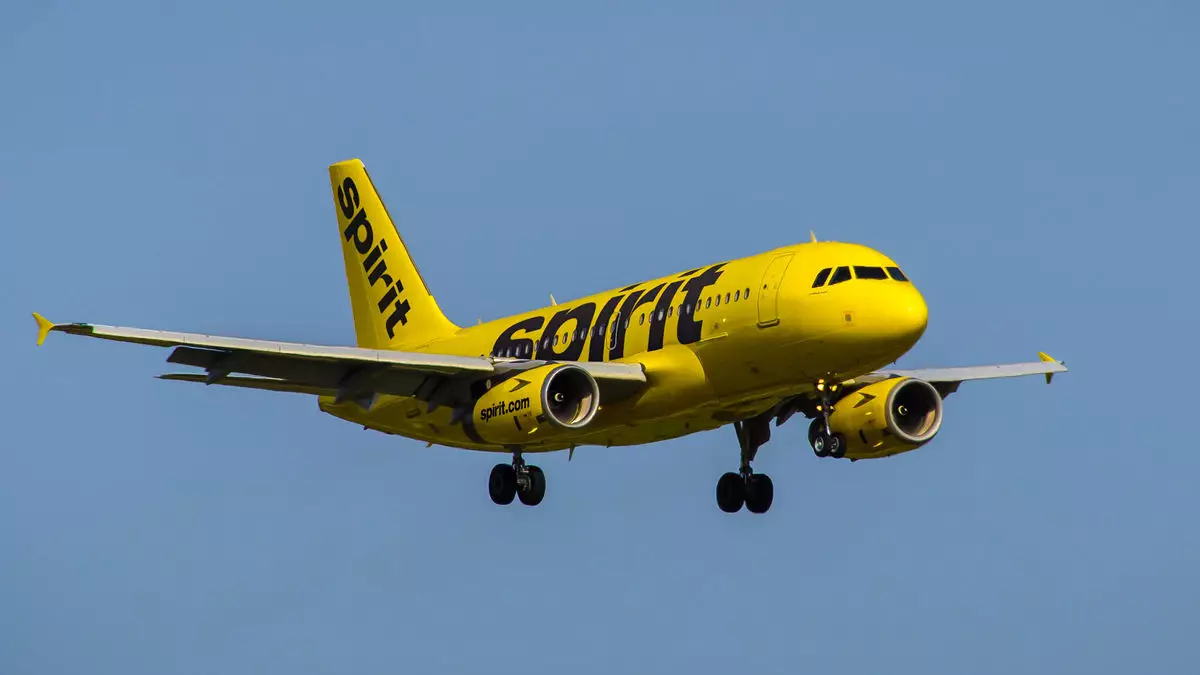Spirit Airlines is facing challenges in the second quarter as it anticipates worse-than-expected results. The airline now expects an adjusted operating loss between $160 million and $173 million, which is higher than the initial guidance provided in early May. Additionally, the operating margin is projected to be between minus-12.5% and minus-13.5%, indicating a significant decline compared to previous estimates.
One of the main reasons for the worsening expectations is reduced ancillary revenue per passenger. This decrease in revenue was exacerbated by Spirit’s decision to eliminate change and cancellation fees in response to a similar action taken by Frontier Airlines. Furthermore, the extension of travel vouchers and the increase in checked bag weight allowance also had an impact on the airline’s financial performance.
Spirit Airlines had foreseen downward pressure on ticket prices during the second quarter and into the third quarter due to excess capacity in the marketplace. While anticipated Q2 ticket revenue remains in line with expectations, ancillary revenue per passenger is expected to be lower than previously projected. The airline now anticipates ancillary revenue per passenger to be around $64 for the second quarter, which represents a decrease of approximately $6 per passenger compared to earlier estimates.
Spirit Airlines had $1.2 billion in liquidity as of March 31, but the company is facing challenges in turning its financial situation around. With $1.1 billion in loyalty program-backed debt maturing in September 2025 and $500 million in convertible bonds due next May, the airline is in a race to secure refinancing options. Despite these challenges, Spirit remains focused on implementing its transformation plan to better align with current market dynamics and serve its customers effectively.
Spirit Airlines is navigating a challenging financial landscape in the second quarter, with lower-than-expected revenue and increased operating losses. The airline’s decision to make strategic changes in response to market conditions is a step in the right direction, but the road ahead remains uncertain. Spirit will need to continue its efforts to enhance revenue streams and mitigate financial risks to ensure long-term stability and success in the competitive airline industry.

